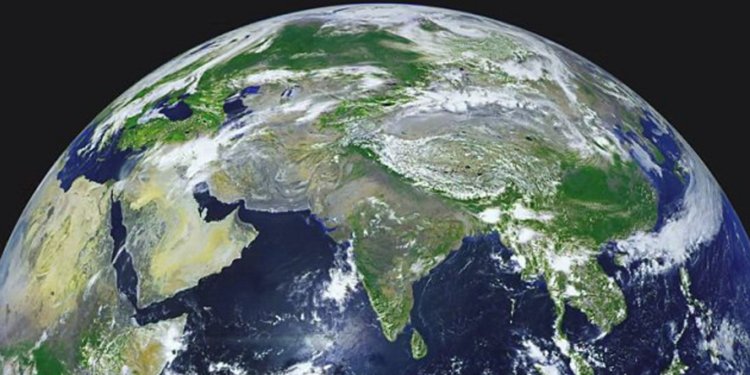by C. Rotter, Nov 23, 2024 in WUWT
n yet another chilling example of Orwellian overreach, the G20 Summit in Brazil has unveiled a new international effort to stifle dissent under the banner of “fighting disinformation.” This latest scheme, dubbed the Global Initiative for Information Integrity on Climate Change, is spearheaded by the United Nations and UNESCO. With a financial war chest provided by nations like the United Kingdom, France, and Sweden, this initiative isn’t about “truth” or “science”—it’s about control.
Bringing together countries, international organizations, and stakeholders worldwide, it aims to promote and defend information integrity on climate change, address disinformation, and enhance climate change awareness and action. It includes a global fund which will finance research into disinformation on climate change and initiatives to promote information integrity.
https://www.unesco.org/en/information-integrity-climate-change
Let’s call this what it is: a blatant attempt to silence anyone questioning the so-called climate crisis narrative. Under the guise of combating “misinformation,” these global bureaucracies aim to crush free thought and erase critical voices from the public square. This isn’t just an attack on skeptics—it’s an assault on open discourse itself.
The Initiative: A Wolf in Green Clothing
According to their public statements, the Initiative seeks to fund nonprofits for “research” and “public awareness campaigns.” They’re also creating what they call an “international research network” to identify and suppress so-called disinformation. In other words, they’re building an apparatus to label opposing viewpoints as dangerous lies and to justify censoring them into oblivion.
UN Secretary-General António Guterres, with his characteristic paternalism, declared disinformation a threat to climate action and even democracy itself. The not-so-subtle subtext? If you dare question their dogma, you’re the problem.
The History: Silencing Skeptics Since Day One
This isn’t the first time climate skeptics have been targeted. As far back as 2010, Google began manipulating search results to demote skeptical voices. A French study highlighted how skeptics dominated online search rankings at the time, leading to a concerted effort to bury their views beneath mountains of alarmist propaganda. Blogs like Pensée Unique and works by Claude Allègre drew enough attention to provoke the ire of the establishment.
Now, thanks to collusion between Big Tech, governments, and nonprofits, the “censorship industrial complex” has become a powerful and insidious force. Groups like the Cybersecurity and Infrastructure Security Agency (CISA) in the United States, along with private entities like NewsGuard, routinely conspire to flag, suppress, and delegitimize dissenting voices.
We’ve seen this play out before. The Twitter Files laid bare the extent of this collusion, revealing how social media platforms partnered with government agencies to suppress stories and deplatform users who strayed from the approved narrative. This is not about protecting the public from falsehoods—it’s about eliminating debate.
Why the Fear?
…









